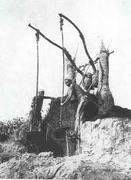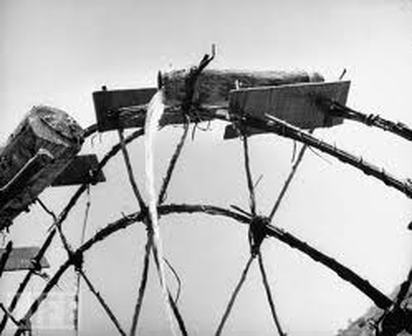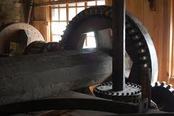History of the Water Wheel
As we look back through history, innovation and machinery have played an instrumental part in the advancement of society. Machines have made it possible to accomplish feats that would not have otherwise been possible. Mankind has used ingenuity in harnessing power and making everyday life easier. One machine that could be argued to have played one of the biggest roles in mans ability to harness power is the water wheel. To see how the water wheel was developed, and then still plays a role in our lives today, we have to look back to around 4000 BC.
- Quern Stones, small human powered stone grinders used to grind grains starting around 4000 BC.
- ~500 to 400 BC development of the Rotary Quern stone, allowed for more efficient grinding of grains and saw the introduction of animals like oxen and donkeys to do the work
- Water Levers, a hammer on a pivot with water directed onto a container on one end and the waters weight lifts a stone weight up and then when it spills out the weight falls down pulverizing the grain in a hollowed out stone anvil(200-100 BC, uncertainty around when actually developed).
- First known water mills date to around 400 BC.
- The water mill is considered to be one of the first automated machines, using water as its power source.
- Noria- a vertical water wheel which uses a series of containers on a vertical wheel utilizing an undershoot configuration using the current of a stream or river to lift water to a higher elevation into an aqueduct or canal for irrigation. This development is disputed to have been made any where from 350 BC to as late as 50 BC.
- Wooden gears developed in Greece ~250 BC.



